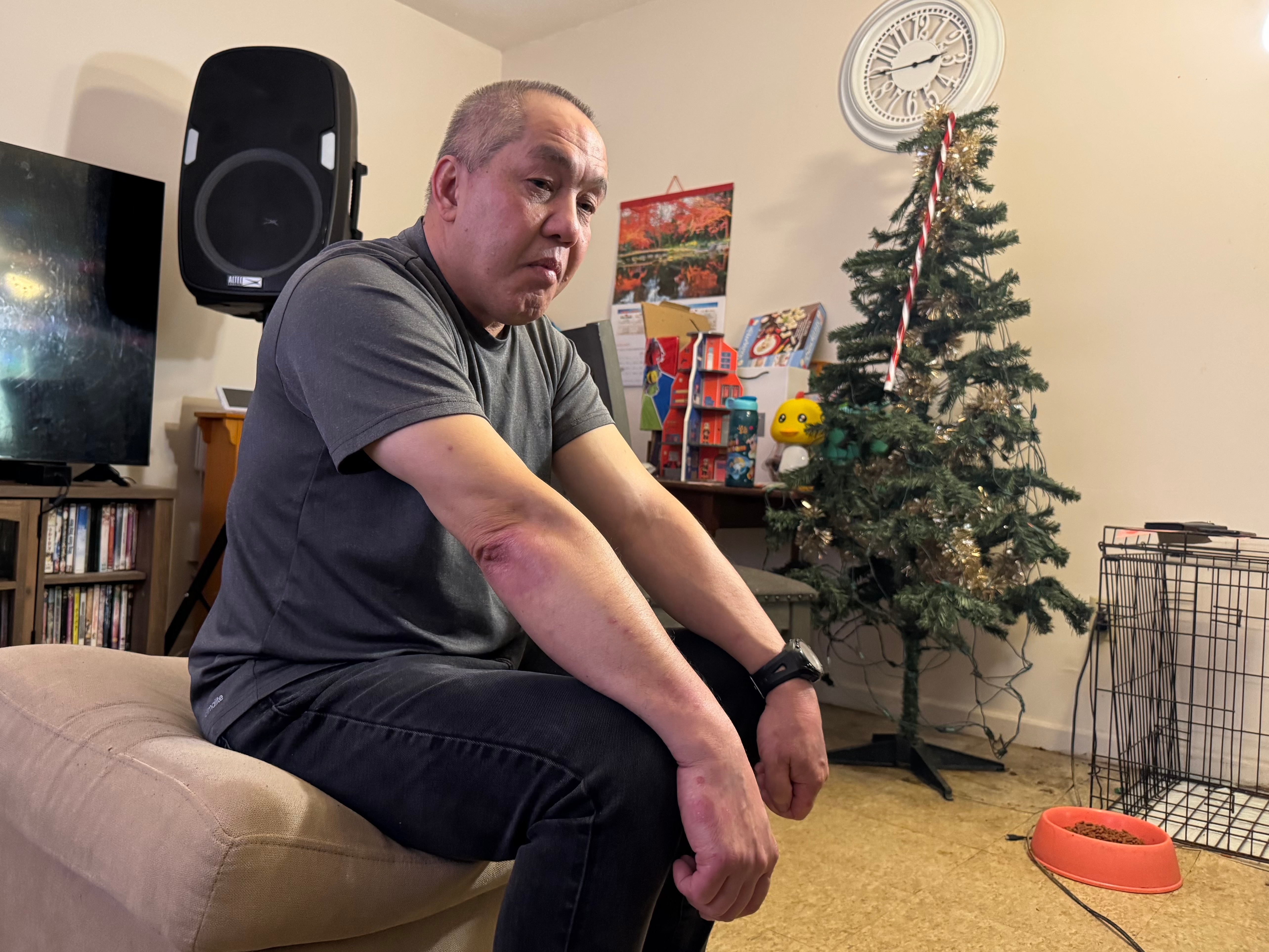Scientists at the University of Utah are excited about a new stem cell treatment that gave mice with a multiple sclerosis-like disease the ability to walk again.
The mice were given human stem cell neural transplants to actually test stem cell rejection. But instead of rejecting the human cells, the mice began to show positive reactions. (Via YouTube / animalevidence )
After just two weeks, the mice were walking around their cages, and a few months later, they had fully recovered from their MS-like condition. (Via University of Utah)
The press release quotes one of the authors on the study: "Dr. Lu Chen came to me and said, 'The mice are walking.' I didn't believe her."
According to Medical Daily, the mice did eventually reject the human cells, but even afterward, the mice continued to walk. "Researchers believe this suggests the human stem cells had released a protein, which acted like a catalyst, enabling the prevention of MS even after the actual healthy cells were gone."
Scientists don't know the cause of MS and haven't discovered a cure. According to the National MS Society, more than 2.3 million people are affected by multiple sclerosis worldwide.
"MS primarily affects the central nervous system, which consists of the brain, spinal cord and optic nerve. Just about everything you do depends on this system functioning properly from breathing to moving and even watching YouTube videos." (Via YouTube / AsapSCIENCE)
"This disease goes in lots of different directions."
And as a result, MS symptoms are all across the board — everything from blindness or blurred vision to loss of balance or paralysis. (Via Sharecare)
And as exciting as these results are, researchers caution they must be careful before moving forward. "This result opens up a whole new area of research for us to figure out. ... We want to try to move as quickly and carefully as possible." (Via HealthDay)
This study was published in the journal Stem Cell Reports.











